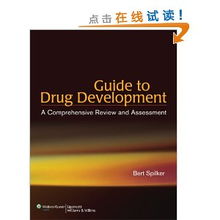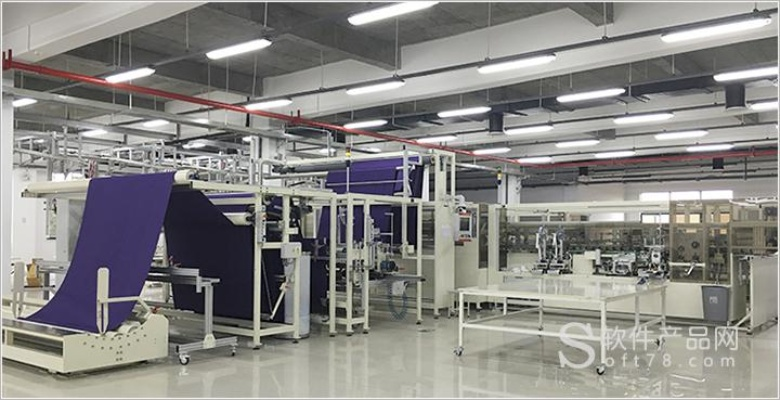A Comprehensive Guide to the Classification of Mixed-Fiber Textiles
This comprehensive guide delves into the classification of mixed-fiber textiles, providing a thorough understanding of their diverse characteristics and applications. The guide covers various categories such as natural fibers, synthetic fibers, and blended fibers, highlighting their unique properties and suitability for specific industries. It also explores the methods used to classify these textiles, including physical, chemical, and mechanical methods, and provides examples of their classification in different contexts. Additionally, the guide discusses the challenges faced in classifying mixed-fiber textiles and offers insights on how to overcome them through advanced techniques and research. Overall, this guide serves as a valuable resource for those seeking to understand and classify mixed-fiber textiles, offering a comprehensive overview of their classification methods and applications.
Introduction Textiles are an essential part of our daily lives, and mixed-fiber textiles play a crucial role in their fabric. These textiles combine different fibers to create unique properties that make them ideal for various applications. In this guide, we will explore the classification of mixed-fiber textiles and provide examples of how they can be used in different industries.
Types of Mixed-Fiber Textiles There are several types of mixed-fiber textiles, each with its own characteristics and uses. Here are some of the most common types:

-
Cotton/Polyester Mixed-Fiber Textiles Cotton is a natural fiber that is soft and breathable, while polyester is a synthetic fiber that is strong and durable. Mixing these two fibers creates a textile that has both cotton's comfort and polyester's durability. For example, a cotton/polyester blend shirt is perfect for summer wear as it provides comfort and breathability while also being resistant to wrinkles.
-
Linen/Polyester Mixed-Fiber Textiles Linen is a natural fiber that is lightweight and breathable, while polyester is a synthetic fiber that is strong and durable. Mixing these two fibers creates a textile that has both linen's natural beauty and polyester's durability. For example, a linen/polyester blend dress is perfect for spring wear as it provides comfort and breathability while also being resistant to wrinkles.
-
Wool/Polyester Mixed-Fiber Textiles Wool is a natural fiber that is warm and soft, while polyester is a synthetic fiber that is strong and durable. Mixing these two fibers creates a textile that has both wool's warmth and polyester's durability. For example, a wool/polyester blend sweater is perfect for winter wear as it provides warmth and comfort while also being resistant to wrinkles.
-
Cotton/Acrylic Mixed-Fiber Textiles Cotton is a natural fiber that is soft and breathable, while acrylic is a synthetic fiber that is water-resistant and easy to clean. Mixing these two fibers creates a textile that has both cotton's comfort and acrylic's durability. For example, a cotton/acrylic blend t-shirt is perfect for casual wear as it provides comfort and breathability while also being resistant to stains.
Classification of Mixed-Fiber Textiles To classify mixed-fiber textiles, we can use a table like the one below:
| Fiber Type | Description | Use Case |
|---|---|---|
| Cotton | Natural fiber that is soft and breathable | Summer wear, casual wear |
| Polyester | Synthetic fiber that is strong and durable | Winter wear, formal wear |
| Linen | Natural fiber that is lightweight and breathable | Spring wear, casual wear |
| Wool | Natural fiber that is warm and soft | Winter wear, formal wear |
| Acrylic | Synthetic fiber that is water-resistant and easy to clean | Casual wear, outdoor wear |
Examples of Mixed-Fiber Textiles Now let's take a look at some examples of mixed-fiber textiles in action:
- A cotton/polyester blend shirt is perfect for summer wear as it provides comfort and breathability while also being resistant to wrinkles.
- A linen/polyester blend dress is perfect for spring wear as it provides comfort and breathability while also being resistant to wrinkles.
- A wool/polyester blend sweater is perfect for winter wear as it provides warmth and comfort while also being resistant to wrinkles.
- A cotton/acrylic blend t-shirt is perfect for casual wear as it provides comfort and breathability while also being resistant to stains.
Conclusion Mixed-fiber textiles are versatile and have many uses in different industries. By understanding the different types of mixed-fiber textiles and their classification, we can make informed decisions about which textiles to choose based on their intended use. Whether you're looking for comfort and breathability in summer or warmth and softness in winter, there's a mixed-fiber textile out there that will meet your needs.
今天我们将探讨混纺纤维纺织品的分类及其在实际应用中的案例分析,混纺纤维纺织品以其独特的性能和多样化的应用领域而备受关注,本文将通过表格和案例说明的方式,详细介绍混纺纤维纺织品的分类及其特点。
混纺纤维纺织品的分类
按材质分类
根据材质的不同,混纺纤维纺织品可以分为天然纤维混纺和合成纤维混纺两大类。
(1)天然纤维混纺:主要采用天然纤维与合成纤维进行混纺,如棉、麻、丝、毛等天然纤维与涤纶、尼龙等合成纤维的混纺。
(2)合成纤维混纺:主要采用合成纤维进行混纺,包括聚酯纤维、聚酰胺纤维等高性能纤维。
按应用领域分类
根据应用领域的不同,混纺纤维纺织品可以分为服装面料、家居用品、工业用纺织品等。

(1)服装面料:包括棉质混纺、麻质混纺、丝绸混纺等,适用于各种服装款式和风格。
(2)家居用品:包括地毯、窗帘、床单等,用于家居装饰和舒适度提升。
(3)工业用纺织品:适用于各种工业领域,如纺织器材、过滤材料、绝缘材料等。
案例分析
天然纤维混纺案例分析
(1)案例一:某品牌纯棉混纺面料
该品牌采用纯棉与涤纶的混纺面料,具有柔软舒适、吸湿透气等特性,适合制作夏季服装和家居用品。
(2)案例二:某品牌麻质混纺地毯
该品牌采用高品质的麻纤维与羊毛混合制成地毯,具有吸湿性好、防滑耐磨等特性,适用于家庭和商业场所。
合成纤维混纺案例分析
(1)案例一:某品牌聚酯纤维窗帘
该品牌采用高品质的聚酯纤维与亚麻纤维进行混纺,具有轻便、抗皱、易清洗等特性,适用于高档家居装饰。
(2)案例二:某工厂使用聚酰胺纤维过滤材料
该工厂使用高性能的聚酰胺纤维过滤材料,用于过滤工业废水,具有高效、环保、耐用等特性,适用于各种工业领域。
混纺纤维纺织品的分类多种多样,可以根据材质和用途进行分类,在实际应用中,不同类型的混纺纤维纺织品具有不同的性能和特点,可以满足不同的需求,随着科技的不断进步,合成纤维的性能不断提高,使得合成纤维混纺纺织品在市场上越来越受欢迎。
Articles related to the knowledge points of this article:
Top Ten Best Home Appliances in Jiangsu,China
The Transformative Power of Bamboo in Textiles
Latest National Textile Testing Standards
The Standards and Measurements of Textile Fiber Density
Exploring the Ten Top Textiles of Stone Lions An Illustrative Journey



